Deconstructing Best Sellers in Your Niche Genre
I’ve been studying thrillers because I’m about to write a thriller series. Even though I’ve written a couple of novels with thriller elements, I want to nail this genre. I want my novels in this series to fit right up there with best-selling authors.
And that has involved a lot of work. I spent a bunch of money flying to NY to attend Thrillerfest (and I’m so glad I did!). I took a masters class, and all-day ATF workshop (the highlight of the week!), I met with and shmoozed with best-selling authors. I listened to panel discussions. And so much more.
In addition, I’ve been doing hours of research online. I’ve made phone appointments to talk with experts (FBI, ATF, park rangers, lightning experts, etc.). I am heading up to Seattle to scout locations and meet with local ATF special agents and park rangers in Mt. Rainier.
Yes, I take my writing seriously, and that means I do my homework. Before I wrote my latest novel in my Western series, I went to Wyoming to get a feel for Laramie, the state penitentiary, and the environs. I also went to many museums, dug into newspaper archives, and read passages from books that I couldn’t check out and had been written decades ago that shed light on the 1870s (the decade in which my series is set).
One of the most important things a writer can do, and which I’m in the process of doing now, is deconstruct best sellers in her genre.
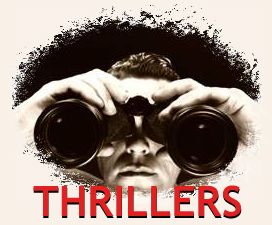
I can’t emphasize this enough. Few writers that I work with ever take the time to do this. Sure, they read mysteries because they want to write mysteries. But they aren’t tearing them apart.
That’s so important to do! Why? Because best sellers in a niche genre have a specific structure.
For example: I took four thrillers that I love, which are very different from one another, and I made a chart and briefly wrote a summary of the first four scene in each novel. I put the novel titles at the top of a sheet of paper and I put scene #1, scene #2, etc. down the left side. Guess what I learned just from this simple exercise?
That those first four scenes accomplish very specific things. That those scenes have specific action and purpose. What did I do then? I plotted out my first four scenes based on their structure. I feel very confident that those scenes I write will be exactly what I need to kick off my thriller.
Do Your Homework!
I’ve written on how to write a sample chapter in your targeted genre. That’s a very helpful thing to do, and that’s my next step.
Think about grabbing a half-dozen novels in your genre and try making a chart, like I do. Here’s what I do when I want to tear apart a genre.
I take pieces of paper and runa vertical line down the middle. On one side I put the scene # and plot summary—just a few sentences to tell what happened in the scene. On the other side facing it I write what the scene did structurally for the story.
If a scene shows the hero working in his job and thinking about how his best friend just got married and he wishes he could find the right woman, I might write “see hero in his ordinary life. Establish his core need for love.” There is no exact way to word this. Just keep in mind you aren’t trying to copy the plot in any way. You just want a feel for the pacing of the story and how complicated it is, when certain plot elements come into play, how many subplots and what kinds there are.
When you study the mechanics of tone, pacing, description, and all your basic elements, the style and voice will fit the genre. With deconstructing plot, you can get a feel for the actual kind of storytelling you need to do.
Many authors use charts to lay out their scenes, and I find them extremely helpful. This is very similar. You may just want to create a brief paragraph summary of each scene in the novel you’re deconstructing, or you may want to go deeper into the details, showing the time covered in the scene, the overall amount of time the entire novel covers, or following subplots. Play around with ideas to find one that works for you.
Because I didn’t want to copy the structure exactly when I deconstructed a novel, I didn’t try to match each scene exactly. I wanted more of a general overview so that the plot I came up with could have room to breathe and grow.
But you might find you want a much closer match. You might, for example, choose a popular thriller and decide to have the exact number of scenes with each scene basically accomplishing the same objectives, aiming for the same length.
There are other ways to deconstruct a novel than the one I use. Example:
Scene #
Chapter
Opening line
Pages
POV
Characters present in the scene
Date
Location
Gist of what’s happening
Conflict
POV’s goal for the scene
Author’s goal for the scene
The reader reads on because…
The scene advances the story because…
Scene/chapter hook
Feeling it leaves me with
Deconstructing can be done with any type of book genre. And it leaves plenty of room for your originality, voice, style, plot ideas. You don’t want to be a copycat. Sure, go ahead and write a mail-order bride historical romance. Yes, there are dozens out there. But they are huge sellers. Thousands of readers want more. There is nothing wrong with adding another one.
How original do your plot and characters have to be? Maybe not all that much. But if you can come up with an interesting scenario no one else has done, some characters with problems and personalities that are fresh and engaging, there is no reason your novels won’t sell up there with all the others.
So spend time on this and really nail your genre. It may take weeks. Don’t rush. Plot out your story, flesh out great characters, and practice writing a scene or two. Be sure to refer to your research chart that looked at the mechanics for your scenes. Show the chapters to critique partners, or find some readers of that genre willing to give you feedback to see if you nailed your genre.
Once you feel you have, you’re ready to get writing that book.
Another thing that helps as you read through these books is to keep a notebook and jot down phrases and expressions, word choice. I found this helpful when doing my historical, as I picked up adjectives and verbs that fit the era. I later did more thorough research online for slang, expressions, and vocabulary for the 1870s West. But even with contemporary novels, jotting down interesting phrasing or words that catch your eye can help spark ideas for your book (without copying them exactly).
Want to learn how to target genre to sell big?
 With 4,000+ ebooks published every day, you need every advantage to get discovered. Instead of writing a book and hoping it will somehow come up in the search results when a potential customer types in words in the search bar on Amazon, you’ll have the best chance at topping those lists if you write to genre.
With 4,000+ ebooks published every day, you need every advantage to get discovered. Instead of writing a book and hoping it will somehow come up in the search results when a potential customer types in words in the search bar on Amazon, you’ll have the best chance at topping those lists if you write to genre.
What does that mean? It means identifying a very specific audience for a specific type of book. If you write a mystery and only list it as “mystery” in your description and keywords, you are competing against hundreds of thousands of other novels. But if you search out a niche genre that sells well and doesn’t have as much competition, you have an edge.
Part of targeting genre requires accurately identifying these successful niche genres. But another important factor is learning how to write to that genre. How to study other books that are selling big and emulate their structure and style, as well as use the best keywords in your promotions to get your book to fit in the slots right alongside those best sellers.
There’s a lot to know to do this well, but it’s not hard.
I floundered for decades trying to sell my many novels that didn’t specifically fit a niche genre. Then, when I decided to write to genre, I went from selling a few copies a month to thousands. With hardly any marketing and using a pen name no one heard of.
You can do it too!
But there’s a strategy to this. And steps you need to take to ensure your novel will have the best chance at discoverability.
I’ve made it easy for you!
It’s all here in my online course: Targeting Genre for Big Sales!
Don’t waste time trying to get your novels to sell. Be smart and treat your novels as products designed for specific consumers with specific needs. Once you learn to write to genre and target genre, it will be a game changer!

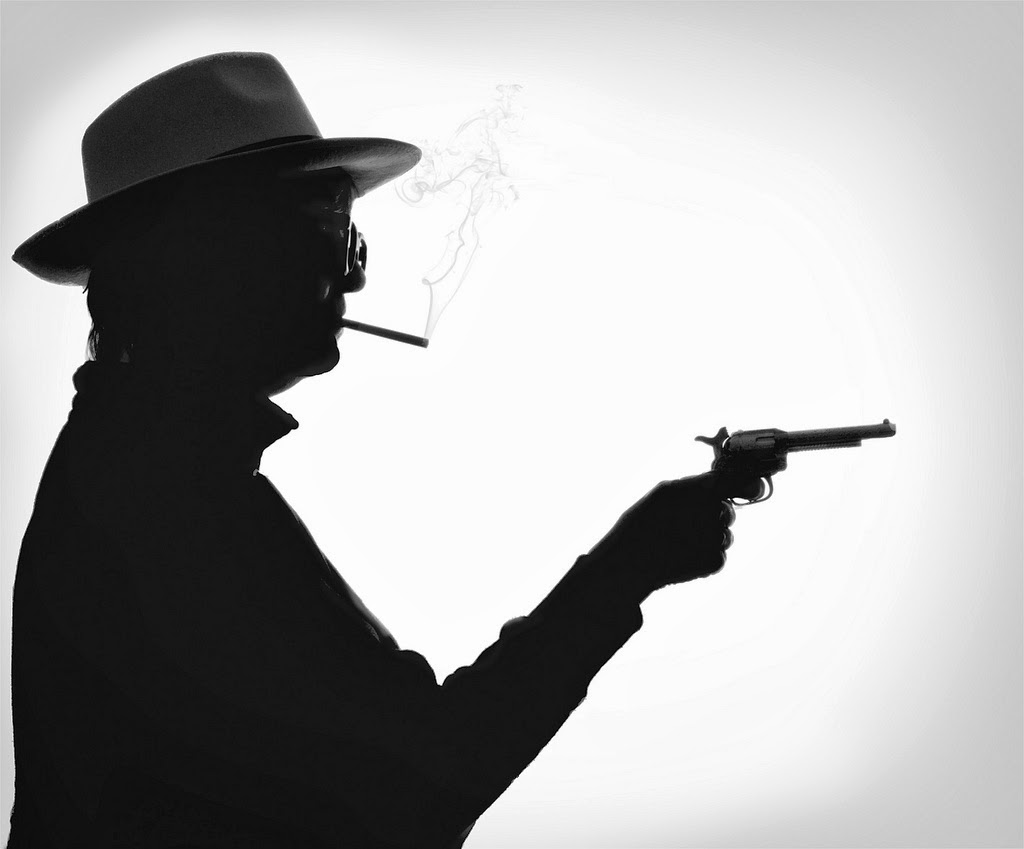
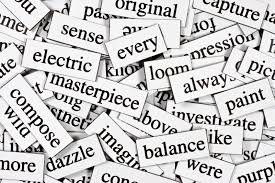
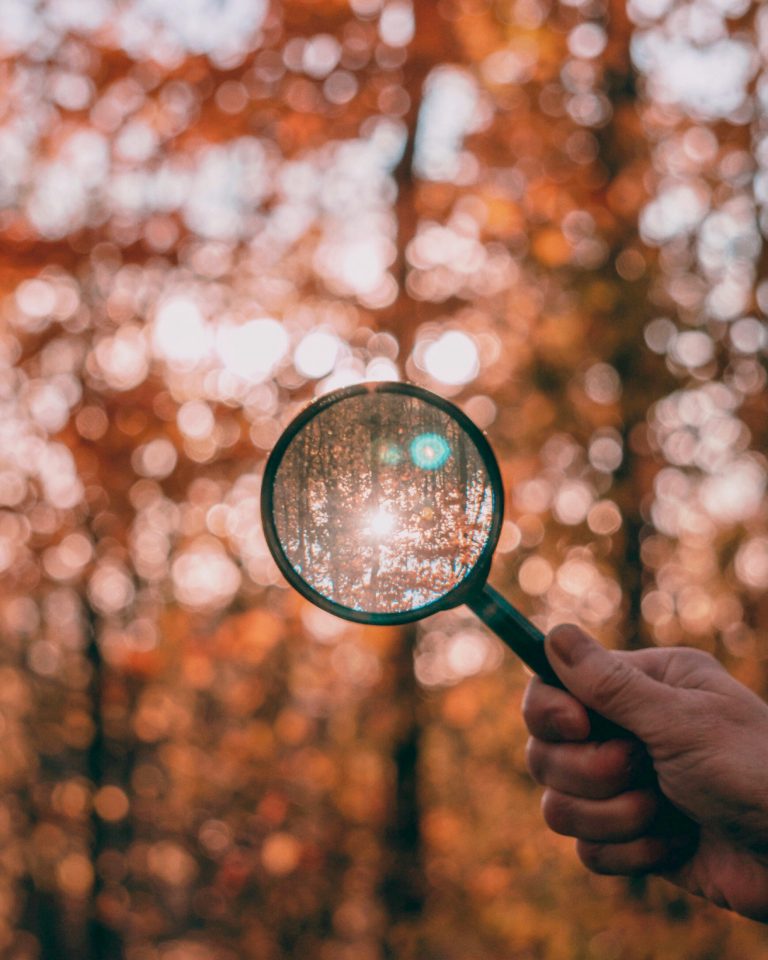
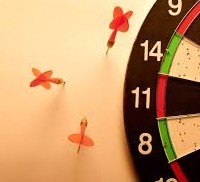
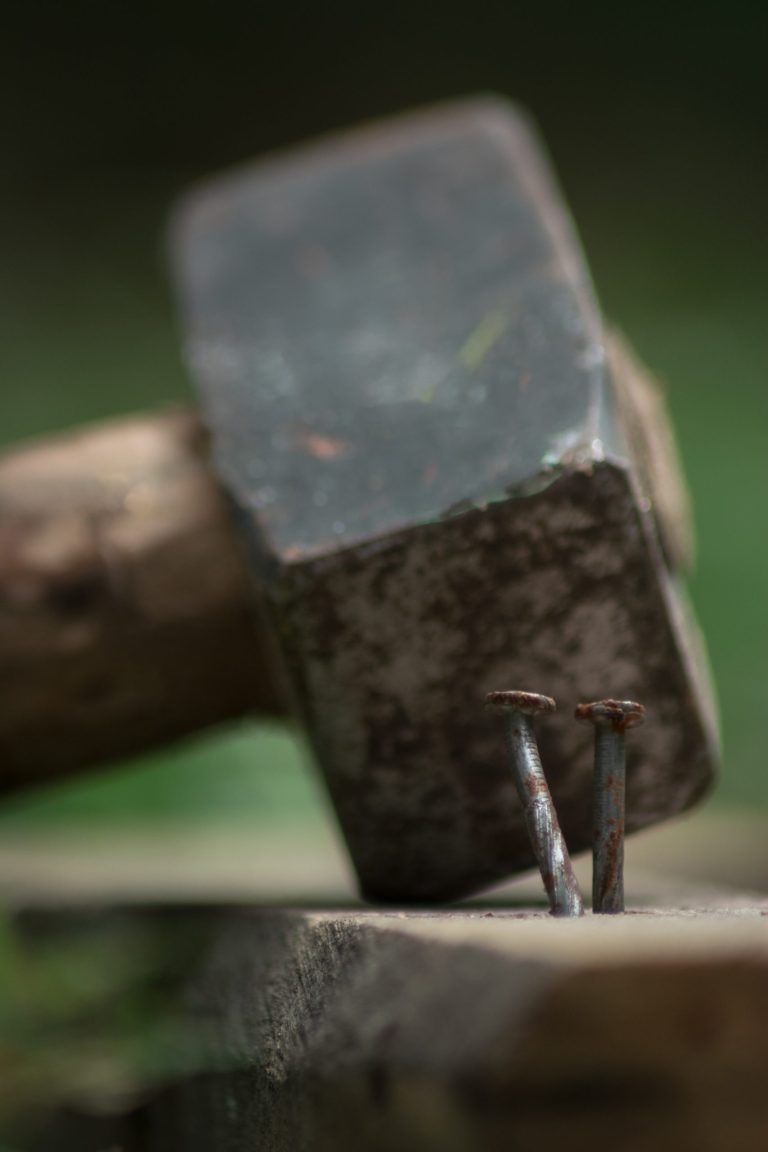






This is a timely post for me. I’m right now deconstructing a Gothic horror novel . . . and wasn’t sure if I was doing right in order to learn from it. So, thank you for this post!
Wow. I am currently reading thrillers and taking them apart because I decided a few months back to write in the thriller genre. I’m envious of you because I want to attend Thrillerfest! I’m planning to go next year.
Thank you for this timely post. It is helping me more than you know!
I’m glad! Thrillerfest was worth going to, for sure. Very humbling to talk to authors like Lee Child and James Roland and, my fave, Lisa Gardner. And listening to G.R.R. Martin was both entertaining and enlightening. These folks are people, a lot like the rest of us. But it’s clear they’ve studied their genre and mastered it.
It must be in the air. This is the post I, too, needed to read this very day. I’m finishing the second draft of a novel (the first one I’ve stuck with and completed), and had to do a lot of extra work because I hadn’t planned and outlined. (Now equipped with two of your books, I won’t let this happen again.) AND … I was just wondering if X-raying my favorite genre novels would be time well-spent. Thanks for the kick in the pants! (Also, I’m about to retire and am looking forward to having the time to do research trips like you’ve described. Thanks again!)
So glad to hear that! I really doubt many writers take the time to thoroughly study novels in their genre. Not just read them. Not just think about their plot. The structure involves so many elements, and the writing style and pacing are key. Have fun! And hire me to critique your scene outline. That is going to help a lot!
CS Lakin,
I suggest your criteria for a thriller could emphasize conflict to a greater degree. The first four scenes need the material you cite, but a focus requires a time element. Time threatens the protagonist [P] constantly through the tale.
That requires a deal of planning for the mini conflicts that constitute the road to the major obstacle. Each mini conflict should end with some degree of satisfaction for the audience. But while that occurs, the satisfaction is tempered with a new and larger threat that leads to the next mini conflict.
For example, the protagonist’s major conflict has a terrorist about to set off a nuclear weapon in two days if criminals are not set free.
One mini conflict has the P locate an arms merchant with the address of the terrorist leader. But the merchant dies without giving intel. However, his computer leads the P to a rival group being backed by a unit within the CIA.
That mini conflict timeframe has to work within the overall two day limit. That mini conflict has to lead to another mini conflict also within that two day limit. It should set up another timeframe shorter than half the total to allow for further mini conflicts to emerge.
This new revelation can also be thought of as adding to the complete scope of the total conflict by widening the threat.
This level of detail inside the word conflict is necessary for a thriller.
Let me know what you think.
Tom Pope
Fiction Coach/Writing Teacher